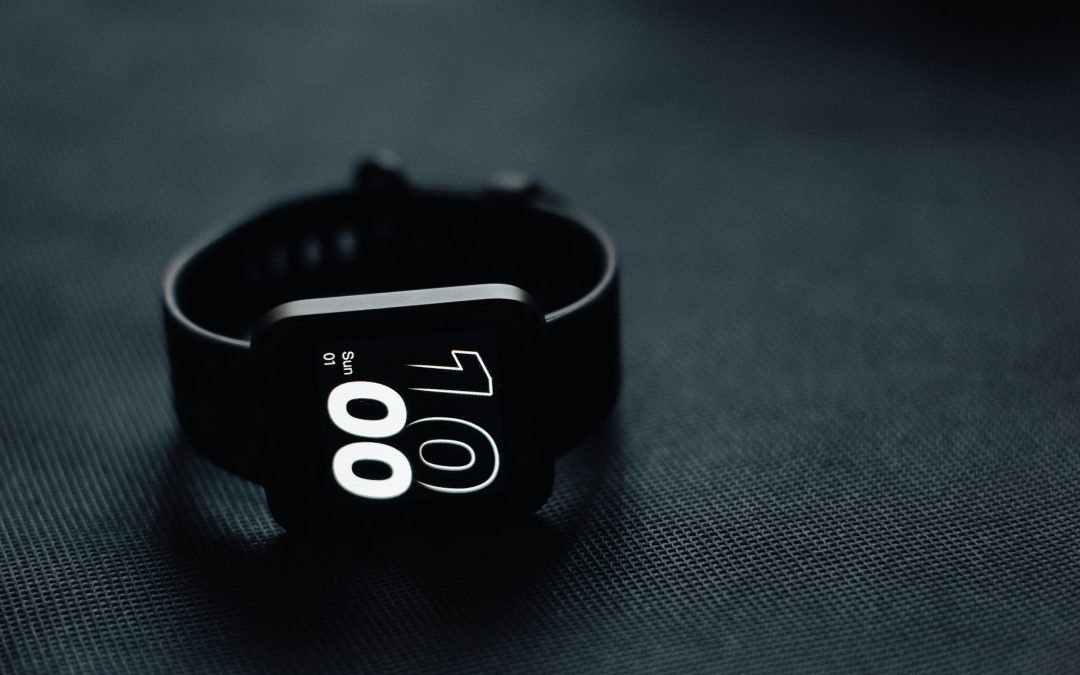We love a good gadget. From smartwatches that count our every step to apps that map our morning runs with military precision, tech has become a go-to sidekick for fitness enthusiasts. But here’s the catch: while your Garmin might tell you that your VO2max is “excellent”, it won’t know your Achilles is quietly planning a riot.
In other words – your tech is smart, but it’s not a physiotherapist. Let’s unpack why listening to your body still trumps data, and how you can use both together to stay injury-free.
What Your Smartwatch Can Do (And Does Well)
Fitness wearables like Apple Watch, Garmin, Fitbit and apps like Strava or WHOOP are excellent for:
- Tracking activity levels (steps, distance, heart rate zones)
- Monitoring sleep and recovery
- Detecting patterns in heart rate variability (HRV) or resting heart rate
- Motivating consistency with reminders, badges, or social competition
These tools are great for building habits and maintaining awareness – two critical elements for injury prevention.
But Here’s What They Can’t Do
Despite all the buzzwords like “training readiness” or “strain score”, no device can accurately detect or diagnose an injury. They can’t feel your knee pain during a squat. They can’t tell when your movement pattern has subtly shifted to avoid discomfort. They don’t know the difference between healthy muscle soreness and a brewing tendon issue.
That’s where you – and your physiotherapist – come in.
Your Brain Beats the Algorithm: The Art of Self-Monitoring
Research consistently shows that early identification of niggles, soreness and movement compensation can prevent minor issues from becoming major ones. While tech tracks the what (distance, pace), it’s your body that tells you the how.
Signs to watch out for:
- Discomfort that persists or worsens with activity
- New asymmetry (e.g. limping, uneven stride)
- Joint stiffness or loss of range of motion
- Pain that appears after training and lingers into the next day
These are subtle signs, and they often appear before a wearable shows any red flags.
When Strava Culture Encourages Overtraining
We get it – it feels amazing to share a long run or a big week of training on social media. But the culture of “more is better” can quietly encourage overreaching, especially when paired with fitness apps that reward volume over recovery.
In a large survey of recreational runners, up to 79% reported overuse injuries were linked to training errors – often driven by rapid increases in mileage or intensity.
Your watch might not tell you that yesterday’s tempo run should’ve been swapped for some active recovery. But your tight calves, heavy legs, or mental fatigue probably tried.
How to Use Wearables Wisely (Not Blindly)
Wearables work best when they’re a guide, not a gospel. Here’s how to strike a smarter balance:
Do:
- Use heart rate and recovery data to help pace your sessions
- Log subjective symptoms (some apps now allow this)
- Tack sleep and mood alongside physical metrics
- Look for trends, not just daily data
Don’t
- Ignore pain or fatigue just because your recovery score is green
- Compare yourself constantly to others on Strava
- Chase metrics at the expense of how your body feels
When to See a Physiotherapist
If your body is giving you repeated signals – aching joints, reduced performance, swelling, or even just that feeling of “something’s off” – don’t wait for your tech to back you up.
Seeing a physiotherapist early can:
- Identify biomechanical issues or load errors
- Provide a tailored rehab or prevention plan
- Help you keep training without making the issue worse
Prevention is cheaper (and quicker) than treatment. And no, you don’t need to be limping into the clinic to justify a visit.
Final Thoughts
Your smartwatch is a brilliant assistant – but it’s not your coach, your physiotherapist, or your body. Injury prevention starts with self-awareness, not just screen awareness.
So, next time your watch says, “great job!” but your knee says, “absolutely not”, trust your knee.
And maybe book that physiotherapy appointment.
Photo by Indra Projects on Unsplash
References
Gabbett, T. J. (2016). The training—injury prevention paradox: should athletes be training smarter and harder? British Journal of Sports Medicine, 50(5), 273–280. https://doi.org/10.1136/bjsports-2015-095788
Sargent, C., Lastella, M., Halson, S. L., & Roach, G. D. (2021). How accurate are wearable devices for measuring sleep? Sleep Health, 7(4), 452–458. https://doi.org/10.3390/sleep3040032
van der Worp, M. P., et al. (2015). Injuries in runners; a systematic review on risk factors and sex differences. British Journal of Sports Medicine, 49(10), 713–723. https://doi.org/10.1136/bjsports-2015-094850

